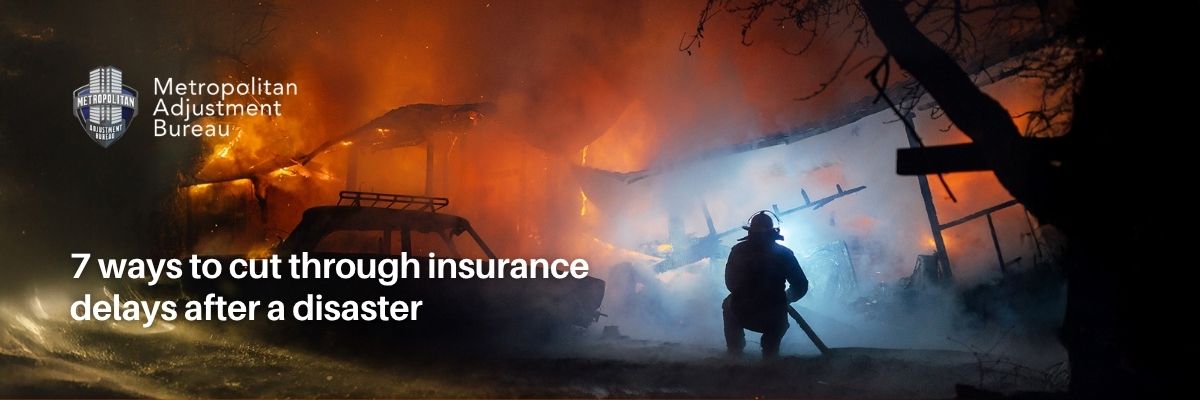How to communicate with your insurance company
In the weeks following the recent LA fires, insurance companies were flooded with thousands of claims. Phone lines jammed, voicemails piled up, and policyholders sometimes waited weeks for a response.
In that kind of backlog, the families who managed to get their claims moving had one thing in common: they communicated in ways that minimized delays and cut through the noise.
Here are seven best practices that can help you protect your rights and move your claim forward.
Provide clear and accurate information
Always give truthful, precise details about what happened and the extent of the damage. Avoid exaggeration or speculation — those can slow down or complicate your claim.
Related question: Can my claim be denied if I make mistakes in describing the damage?
Answer: Yes. Inaccurate or exaggerated statements can slow your claim or even lead to denial. Insurers may treat inconsistent details as red flags, so stick to the facts and correct errors quickly in writing if you realize a mistake.
Document everything
Photographs, itemized inventories, receipts for emergency repairs — the more proof you have, the stronger your claim.
Related question: What documents do I need to support a claim after a fire?
Answer: Insurers usually require photos, videos, receipts, and a proof-of-loss statement listing damages and values. The stronger and more organized your documentation, the easier it is to prove losses and avoid disputes over coverage.
Keep a communication log
Write down the date, time, and details of every conversation with your insurer. Follow up phone calls with a confirmation email to create a paper trail.
Related question: Why is it important to keep a record of my communications?
Answer: A detailed log protects you if there’s a dispute over deadlines, promises, or coverage decisions. It also helps you track follow-ups and creates a clear paper trail if you need to escalate your claim or involve a professional.
Communicate in writing when possible
Emails and letters create a clear record. Written proof reduces misunderstandings and helps if you need to escalate later.
Take your time with settlements
Don’t feel pressured to sign the first offer. Review the terms carefully and, if you’re unsure, consult a public adjuster or attorney.
Related question: Should I accept the first settlement offer from my insurance company?
Answer: Not always. First offers are often lower than what repairs actually cost. Review the offer against independent estimates and consider professional guidance before agreeing, since accepting can close off your right to ask for more.
Know your policy
Understand your coverage limits, exclusions, deductibles, and deadlines. Ask questions until you’re confident you know what’s included.
Related question: How do I know if my insurance covers all fire-related damage?
Answer: Start by reviewing your policy for limits, exclusions, and coverage types like smoke, debris removal, or ALE (additional living expenses). Comparing those details to actual rebuilding costs can reveal gaps, which a public adjuster or attorney can help you address.
Stay professional and courteous
Even when you’re frustrated, keeping communication respectful can encourage cooperation from adjusters and speed resolution.
Protecting your claim from the start
By documenting carefully, keeping records, and communicating strategically, you give yourself the best shot at a fair review — and at building a strong record if disputes arise.
If you’re uncertain about your claim or feel overwhelmed, we’re here to stand in your corner.
Need help moving your claim forward?
Have questions about coverage?
This article focuses on strategies for how to communicate with your insurance company, but many policyholders also want clarity on what their insurance actually covers. For answers on smoke damage, ALE benefits, rebuilding costs, and more, visit our Fire Damage Insurance FAQ.






